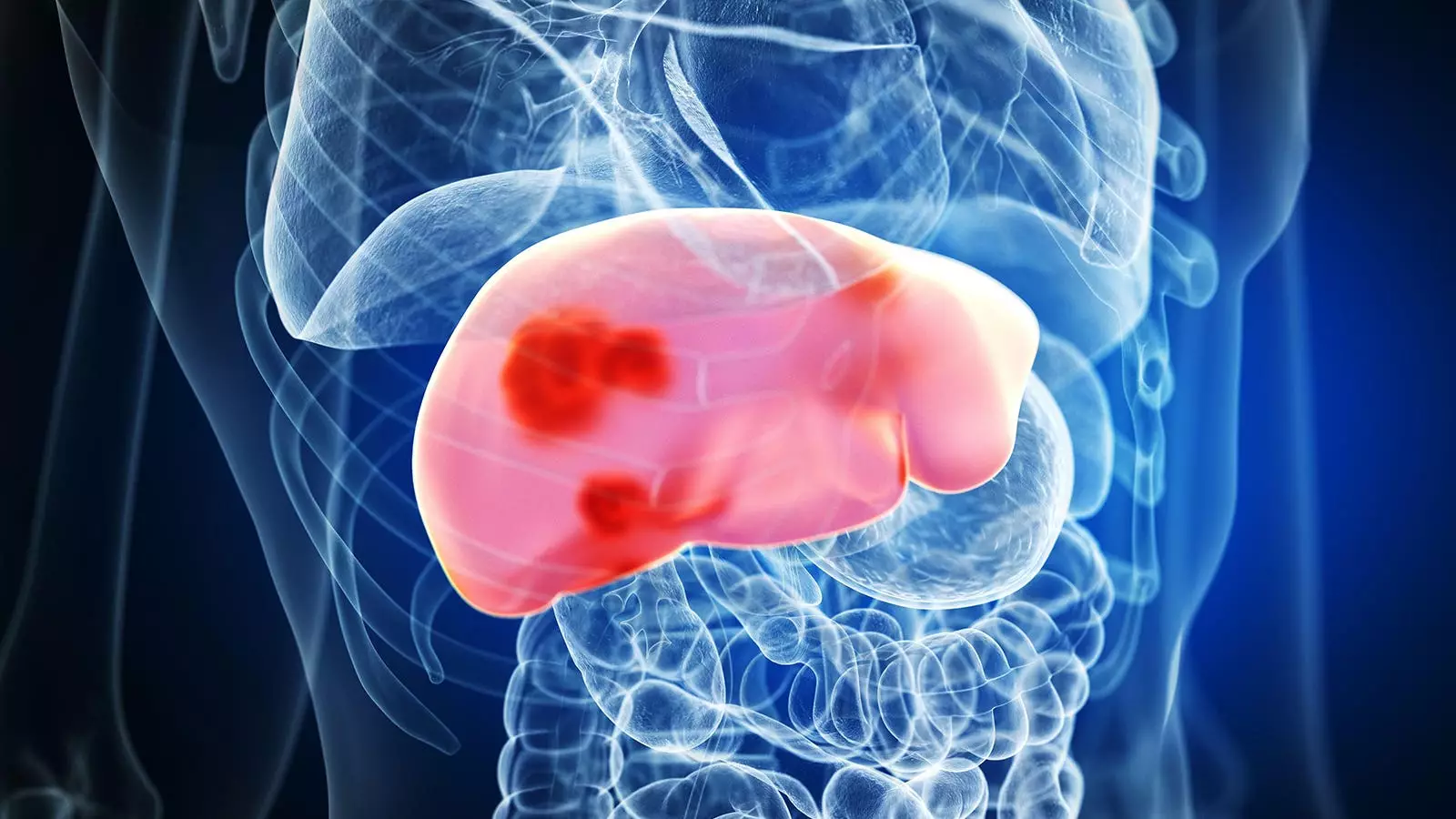Hepatocellular carcinoma (HCC) poses a significant challenge within the realm of advanced chronic liver disease. Recent findings from an extensive multicenter study have unveiled a six-parameter risk stratification algorithm, aptly named PLEASE, which promises to enhance our ability to identify patients at heightened risk of developing HCC. This innovative approach heralds a new era in the management and surveillance of patients with chronic liver disease, yet it also raises critical questions regarding its implementation and efficacy in real-world clinical environments.
The PLEASE Algorithm: Breaking Down the Metrics
The PLEASE algorithm, established through rigorous research involving over 2,300 individuals with advanced chronic liver disease, encompasses six key parameters: platelet count less than 150 × 10^9/L, liver stiffness measurement (LSM) of 15 kPa or higher, age over 50 years, male sex, the presence of controlled or uncontrolled viral hepatitis, and indications of steatotic liver diseases. Notably, the research led by Dr. Jonel Trebicka from Münster University in Germany revealed that patients classified within the high-risk category of the algorithm exhibited a striking cumulative risk of 15.6% for developing de novo HCC within a two-year timeframe, a significant contrast to the mere 1.7% risk observed in the low-risk cohort.
The predictive capabilities of the PLEASE algorithm offer the tantalizing prospect of tailoring screening protocols based on individual patient risk factors. Patients exhibiting four or more risk parameters are categorized as high-risk, suggesting that more frequent HCC screenings could be beneficial for this group. Conversely, those in the low-risk category may experience less frequent monitoring, thus optimizing healthcare resources and minimizing patient burden while ensuring that those in need receive appropriate care.
The research paper, published in NEJM Evidence, highlights the practical application of the PLEASE algorithm. The selecting factors are commonly recorded in both outpatient and inpatient settings, making it feasible for widespread adoption among healthcare providers. However, the success of such an approach hinges on clinical adherence to recommended screening guidelines. Previous studies have highlighted a concerning trend: many patients diagnosed with HCC lacked the necessary screening leading up to their diagnosis. For instance, a U.S. multicohort study revealed that only 14% of patients underwent semi-annual surveillance. This alarming statistic underscores the necessity for accompanying strategies that enhance patient adherence to screening programs and increase awareness regarding their importance.
In an editorial response to the study, Dr. Stephen L. Chan from the Chinese University of Hong Kong emphasized the timeliness of the PLEASE algorithm’s introduction to the clinical landscape. Risk-based screening is a well-established method in other fields of oncology, showing promise in yielding improved outcomes and cost-effectiveness. Therefore, adopting a similar risk stratification approach for HCC could potentially revolutionize existing paradigms in cancer surveillance.
Despite the innovative potential of the PLEASE algorithm, its utility must be evaluated against the backdrop of surveillance adherence issues. Simply stratifying patients without ensuring that they receive appropriate monitoring regimens may limit the algorithm’s overall efficacy. Thus, future risk-based surveillance programs must not only integrate stratified risk profiles but also implement strategies designed to boost patient engagement in their healthcare.
A Collaborative Look Forward
The study encompassing 2,340 patients from 17 centers in Germany and China adds robust evidence to the discussion of HCC risk stratification. The inclusion criteria, which mandated valid baseline LSM and comprehensive laboratory results, ensured that the study’s findings are both reliable and relevant. With higher LSM, lower platelet counts, viral hepatitis diagnoses, the existence of steatotic liver diseases, male sex, and older age all emerging as independently associated with HCC risk, the data presents a compelling case for the PLEASE algorithm.
As we look to the future, the challenge lies not only in validating the PLEASE algorithm through prospective studies but also in understanding how to effectively implement its findings within the broader context of patient care. Ongoing collaboration between researchers, clinicians, and patients will be essential to harnessing the full potential of this algorithm and ultimately improving outcomes for those suffering from advanced chronic liver disease and the risk of hepatocellular carcinoma. The journey ahead may be complex, but the promise of tailored, risk-based surveillance for HCC is worth pursuing.


Leave a Reply